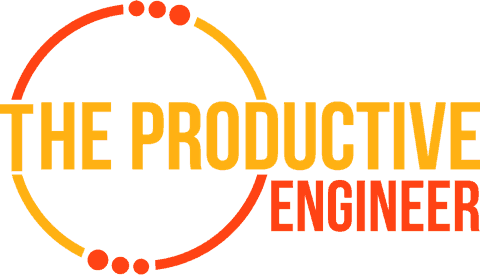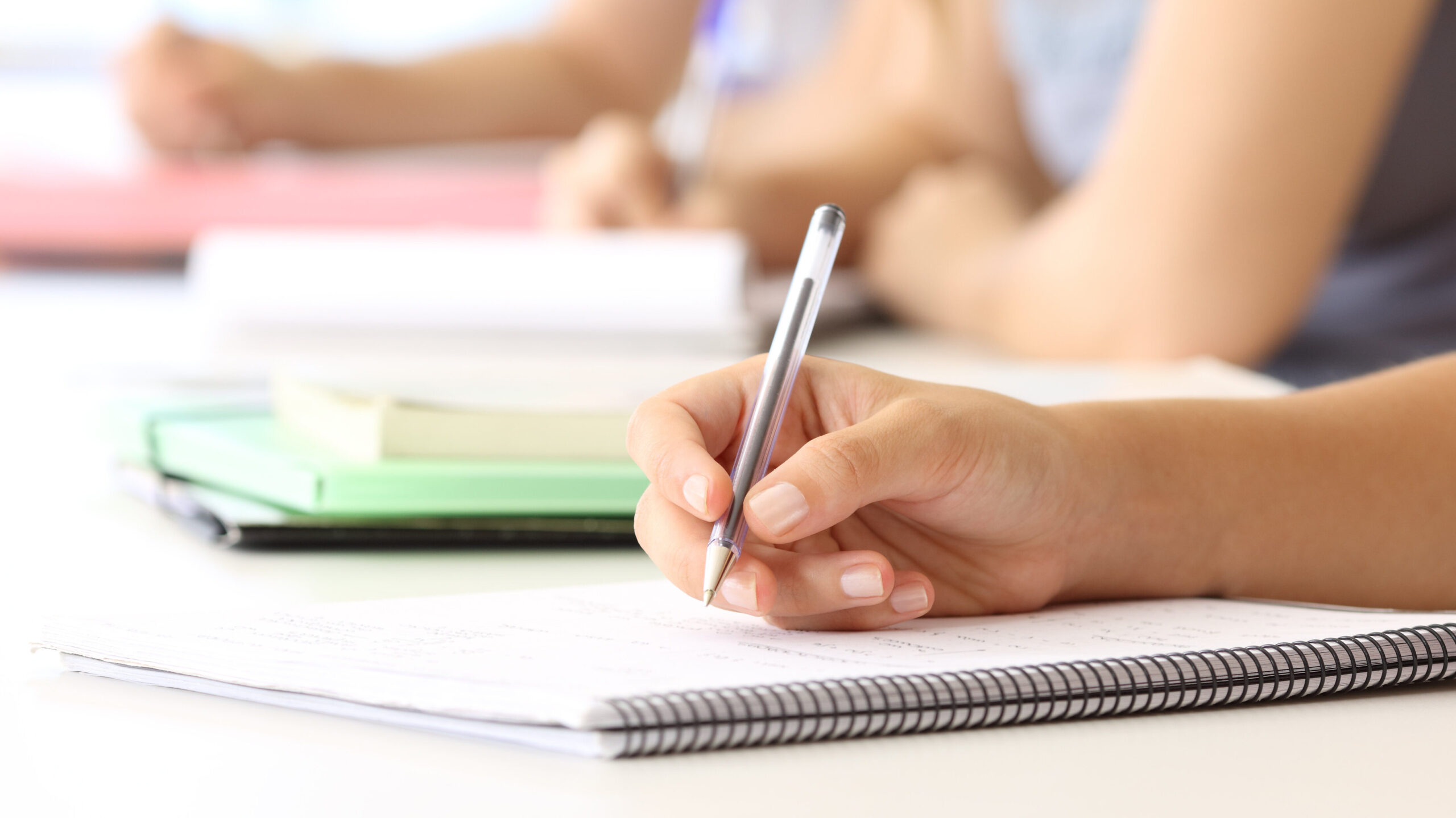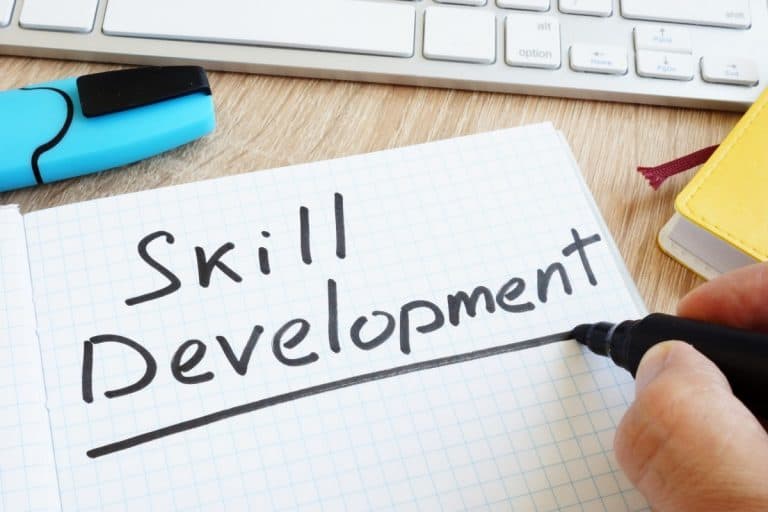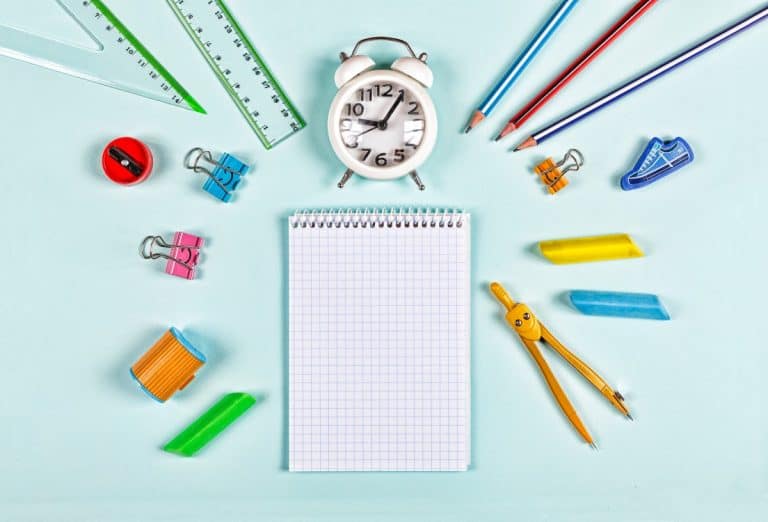The Absolute Best Way to Take Notes

Whether you are a student or you are in a meeting at work, taking notes is important. But, what is even more important than writing information down on paper is how you write it down.
The best way to take notes is to know how you learn. If you learn visually, then adding color, graphs, and more to your notes is best. If you prefer structure with notes then Cornell style is best. If you can’t learn easily from your notes, then learn about new note-taking styles to better fit you.
Organized notes that you can understand easily when looking back through them is important to note-taking. Trying to study messy notes is hard because you can’t understand and grasp the concepts easily. So, continue reading to learn about the absolute best way to take notes.
Preparing to Take Notes
Before you can take notes, you need to be prepared for class. Being prepared sets you up for success and lets your teachers, professors, and even a boss know that you are ready to learn and participate.
The best way to be prepared is to bring supplies. Make sure you have pencils, paper (like a notebook or notepad), pens, markers, highlighters, and any other supplies you think you will want, need, or use.
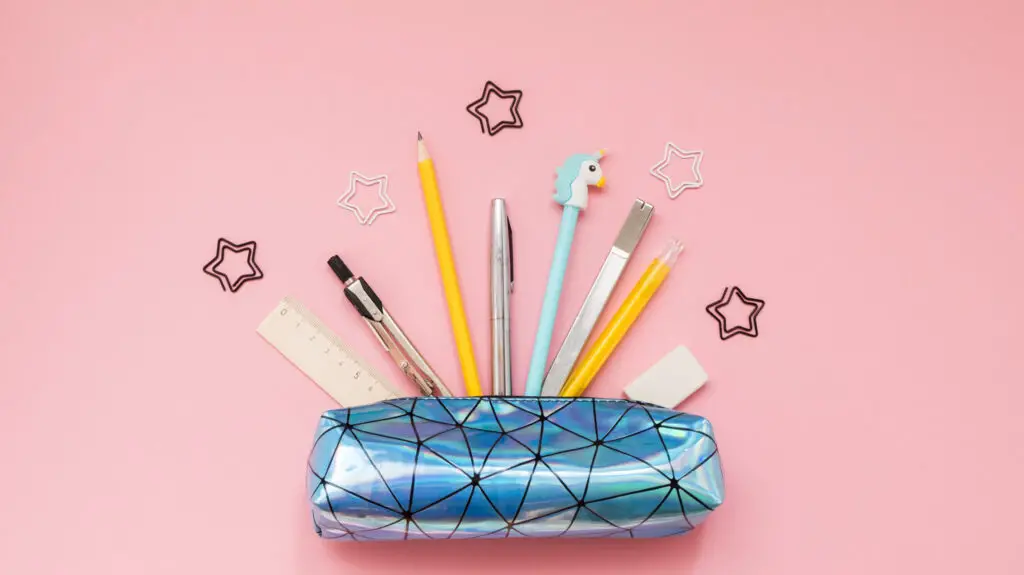
Pack multiple pencils in case yours breaks, stops working, or gets lost. If you don’t have a writing utensil one day, then ask a teacher, classmate, or coworker for one. If you’re using a mechanical pencil, bring backup lead. If you’re using a traditional pencil, bring a sharpener and make sure your pencils are sharpened. It’s also best to have your pencils sharpened ahead of class.
Bring the right notebook— in a pinch, any notebook will work, but it’s best to have a single notebook specifically reserved for each subject. There are also many different styles of notebooks that may work better for you. If you like wide-ruled paper, college ruled paper, blank paper, Cornell style paper, or anything else, then get that.
If you use an iPad and Apple Pencil, using your iPad to take notes can be very effective. Check out my article on taking notes on iPad vs Paper at the link below:
Getting supplies that you like and want to use will help you take better notes. For instance, having markers and highlighters that are pastel-colored instead of neon can help you visually. You will have more unique colors to use on your notes, and you might be more inclined to use them because they look nicer than the regular neon yellow, orange, and green highlighters.
Be sure to bring things like pens and highlighters, sticky notes, textbooks, and anything else you should have during class. Bringing a laptop or tablet is optional, but there is a risk that a device will only distract you during class.
With all these supplies, it’s beneficial to have a pencil case for your pens, highlighters, pencils, pencil sharpeners, and extra lead. Some people find it useful to have a set of everything specifically for school, and to never take them out of their school backpack– this way, their supplies are always on hand.
If you are looking to learn on the go, Audible is for you. Audible has a huge library of audiobooks on a variety of topics and listening to audiobooks is a great way to learn on the go. Audible includes podcasts and Audible Originals as well. For more information on Audible, click the link below to get your first 30 days on Audible for free:
Audible – Your First Audiobook is On Us
Tips for Taking Notes
It is hard to take notes all of the time. Our brains can get distracted, it can be hard to focus, and there are days where you miss school for being sick. To make learning easier, you can follow some of the tips below.
Make Friends
You can compare notes with them, study with them, and ask them questions about things you don’t understand. They’ll be able to lend you their notes if you miss a day, and help you with homework.
Not only should you be friends with classmates, but teachers as well. If you need extra help, tutoring, or anything else you may need to ask your teacher about, then it helps to be friends with them. They are the experts on what they are teaching you, so talk to them if you need their help.

Pay Attention to Repeated Information
If a professor has mentioned something twice or more, or repeats something from a previous class session, make sure it’s in your notes, and study it thoroughly. PAY ATTENTION TO REPETITION, it’s important.
Organize Your Notebook with a Table of Contents
You can leave the first few pages of your notebook blank, and number the rest. Use the first few pages to make a “table of contents” so you’ll know where each topic is in your notebook. This will make studying much easier.
Some people find it useful to have two notebooks for a single class. One “sloppy copy” for in-class note-taking, and one to neatly copy notes into later. Re-writing notes help you retain information better, and is in itself a wonderful form of studying. If you don’t have the time for this, then practice taking neat notes the first time.
Cornell Method
Cornell notes have been studied for being the best way to take efficient notes. But, everything is different, and everyone learns things in different ways. It is worth trying out different note-taking styles to try and find one that best fits you.
The Cornell method takes the left side of a page for main ideas and headings. You draw a line down your page about an inch or two over from the left. Then, the rest of the page is used for notes about the topic you write on the left.
For example, you can write “U.S. Presidents” on the left, and use the right side to list presidents and write about them. At the bottom of the page, you also draw a horizontal line a couple of inches above the bottom of the page and leave room for summaries. After filling out the page, or after class, you can write a summary at the bottom of each page about the notes you took on that page.
If you are looking to master the Cornell Method, you should really check out my tutorial on it here:
Flow Notes
Flow notes are writing things down as you get the information and using arrows and boxes to relate topics to one another. They are good for people who are not good at keeping neat and structured notes because you can write things down, then draw arrows to what they relate to.
This style leaves room for visual imagery and space for drawing graphs, diagrams, charts, and pictures that relate to the topic. People who are visual learners like this style because they can organize notes the way they want.
Zettelkasten
If you are looking to connect various ideas and concepts together in your note-taking, you may want to take a look at Zettelkasten. Zettelkasten has you create cards each containing one concept that you link to other concepts to create a knowledge base. There are excellent software applications like Obsidian, Notion, and RemNote among others that you can easily implement the Zettelkasten system and inter-link concepts you are trying to learn together to improve your comprehension.
For more information on how to use Zettelkasten to improve your note-taking workflow, check out my Zettelkasten guide linked below:
Detailed Guide to Using Zettelkasten as a Student
